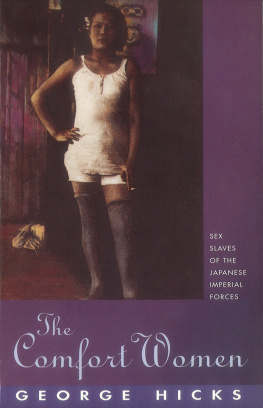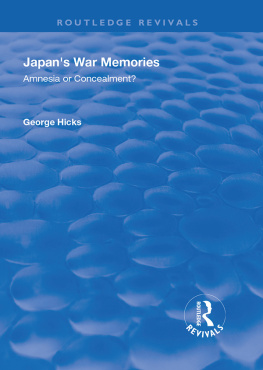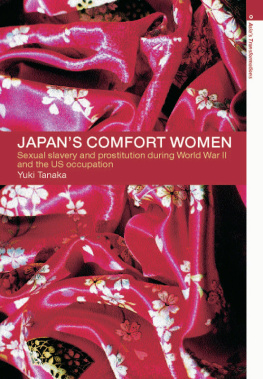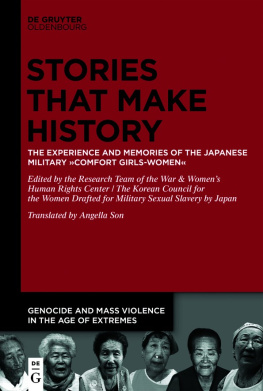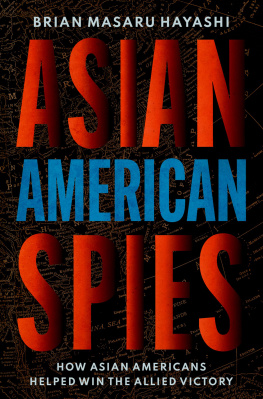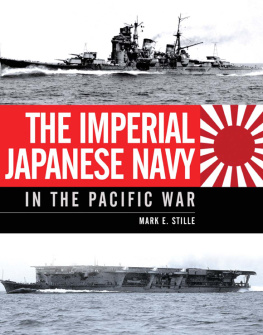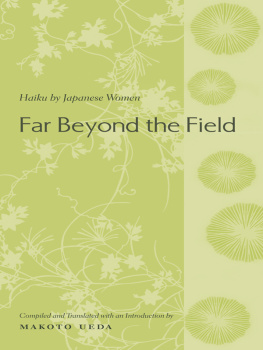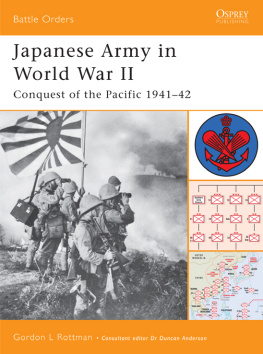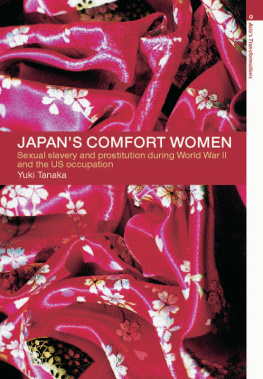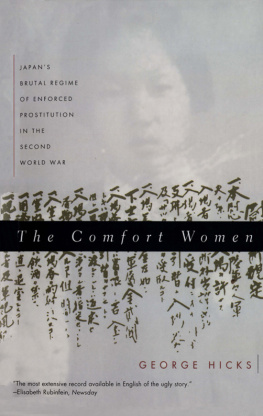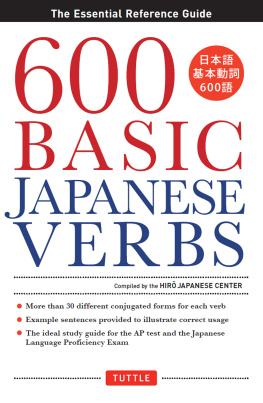
George Hicks 1995
Map by Anna Warren
This book is copyright under the Berne Convention.
No reproduction without permission. All rights reserved.
First published in 1995
Allen & Unwin Pty Ltd
9 Atchison Street, St Leonards, NSW 2065 Australia
National Library of Australia
Cataloguing-in-Publication entry:
Hicks, George L.
The comfort women: the sex slaves of the Imperial
Japanese forces.
Bibliography.
Includes index.
ISBN 9781863737272
eISBN 9781925576771
1. World War, 19391945Atrocities. 2. ProstitutionAsia, Southeastern. 3. World War, 19391945Japan. 4. World War, 19391945WomenAsia, Southeastern. I. Title.
940.5405
Set by DOCUPRO, Sydney
Cover photo: A comfort woman at the Ningkuo comfort station, China, in 1938. (Kagawa Shigeru). Hand-coloured by Jude Morrell.
Cover design: Megan Smith

Contents

I HAD NEVER heard of the comfort women until the fiftieth anniversary of Pearl Harbour, in December 1991. Some Korean women, who were taking the Japanese government to court, made the front pages of the international press. The Japanese government flatly denied any knowledge or involvement, and argued that the so-called comfort women were privately organised camp followers. Was this a lie? If so, how could it be nailed?
I asked Les Oates, a retired senior lecturer in Japanese in Melbourne, Australia who is rarely at a loss on matters Japanese. Of course he knew about the comfort women. As a war veteran he had even seen them in Southeast Asia in 1945.
Since Les and I had already worked together on a couple of books involving Japanese sources on Southeast Asian history, there was no doubt that he could swiftly translate and hammer into shape the most arcane Japanese language material. The problem was that, unlike with our other books, we didnt have any sourcesin any language. Although there is a huge literature in English on the Pacific War, we could find no mention in it of the comfort women.
I then contacted another old friend, Professor Akira Takahashi of the University of Tokyo. Through him I soon met Ms Yumi Lee, whose family was originally from Korea, but had lived in Japan for three generations. Through her contacts in activist circles she was able to collect practically everything that had been written about the comfort women. She found about 80 per cent of the material (much of it exceedingly obscure) used in the writing of this book. Without Yumi Lee and Les Oates I could never have got started.
I needed someone to help from the Korean side. Professor Chalmers Johnson kindly introduced me in Seoul to Professor Hye Kyung Lee, who translated reams of Korean material into English and found virtually all the photographs used in this book.
In the Philippines, attorney Romeo T. Capulong, a legal adviser to the Philippine comfort women, gave me good advice and a vast amount of material on the local scene. In Indonesia, another human rights lawyer, Adnan Buyong Nasution, introduced me to several Indonesian women, and gave me the background to the local story.
In Malaysia, Haji Mustapha Yaakub of UMNO Youth Malaysia, gave me the Malaysian background and introduced me to Madam X, a refined, gracious and above all courageous woman who told me her story in calm but horrific detail.
From the other side of the world, in the Netherlands, Theo van Boven, Professor of International Law at the University of Limburg, kindly faxed me valuable material. Bart van Poelgeest, scholar, archivist and author of the Dutch governments report on forced prostitution, sent me his official report and a major article he had written about the Dutch victims.
No-one can write on this subject without being in debt to the continuing research of Professor Yoshimi Yoshiaki, an historian at Chuo University in Tokyo. It was Yoshimi who first found the smoking gun which forced the Japanese authorities to admit to military involvement in the comfort women issue, in effect admitting that they had been lying for decades. Yoshimi generously sent me unpublished Japanese military records proving Japanese military involvement.
Thanks to David Jenkins of the Sydney Morning Herald, we found other incriminating evidence which Professor Yoshimi had always assured me must exist. In the Australian Archives in Melbourne, Australia, the decrypted messages sent by the Japanese Chief of Staff of the 1st Southern Expeditionary Fleet on 18 August 1945 (three days after the surrender) reads: On 1st August the personnel employed in connection with Japanese naval comforts at Singapore were appointed civilian employees of 101st hospital. Most of the girls were made auxiliary nurses. Other commands under 1st Southern Expeditionary Fleet are to conform. As the Allies moved in, the Japanese attempted a cover-up by disguising comfort women as nurses. Finally, on 20 August at 1915 hours (just before they surrendered), the Japanese Civil Administration Department from Makassar, Indonesia once again ordered that comfort women were to be attached to local hospitals as nurses and when this message is understood, burn it.
This Southeast Asian cover-up helped to obscure the nature of the system. For almost forty years the truth was hidden. Living victims were too intimidated to challenge the might of the Japanese state. All documentary evidence appeared to have been burnt. Then, slowly, fragment by fragment, witness by witness, victim by victim, the truth emerged.
I dedicate this book to Madam X and the other hundred thousand or more victims of Japanese forced prostitution in World War II.
George Hicks
Melbourne
August 1994

THE EAST ASIAN names in this book are as written in East Asia: the family names first followed by the personal names. Korean and Chinese personal names are made up for the individual using meaningful or symbolic words. They almost always consist of two words: for example, Ok Ju. While the Western style has usually been to link up the two words with a hyphen to indicate it is a personal name, it is never written that way in the original languages. Hence the two-word personal names in this book are not hyphenated. Similarly, Japanese personal names are preceded by the family name which is the style used here: Miyazawa Kiichi rather than Kiichi Miyazawa, which is the reverse of Western practice.
The most notorious institution during the Pacific War was the kempeitai, or Japanese military police. The kempei, or military police officers, had absolute power, and the gross brutality associated with the Japanese Armed Forces was often the work of the kempeitai. The very name struck fear into those who heard it, often including the Japanese soldiers themselves.
Besides the normal duties of keeping order in the Army the kempeitai had the additional role of combating subversion. In a sense they were the Army equivalent of the Special Higher Police, or Thought Police, with a lower level of ideological sophistication.
A standard rendering of monetary values is impossible because of the extreme instability of exchange rates and prices during the Depression and the war years. Exchange rates at any given time bore little relation to purchasing power. The most relevant guide to current values is to compare prices with a Japanese servicemans monthly pay rates in 1943: Superior Private 9; Sergeant (middle NCO range) 30; Lieutenant (middle company officer range) 94; Lieutenant Colonel (middle field officer range) 310. Combat zone allowances roughly doubled these rates of pay and naval rates varied only slightly from Army rates. The minimum regular civilian wage at this time was about 100 per month while nurses were paid 90.
Next page
